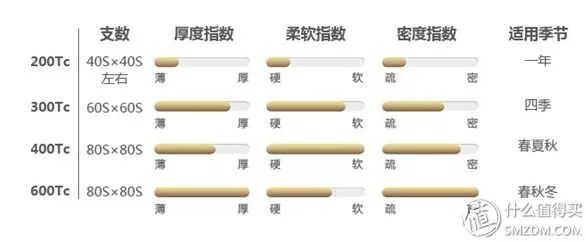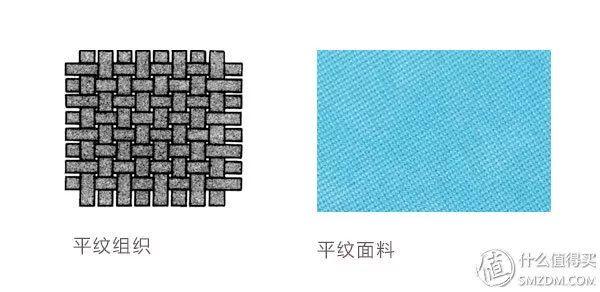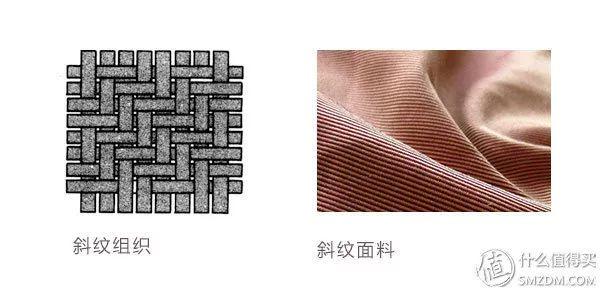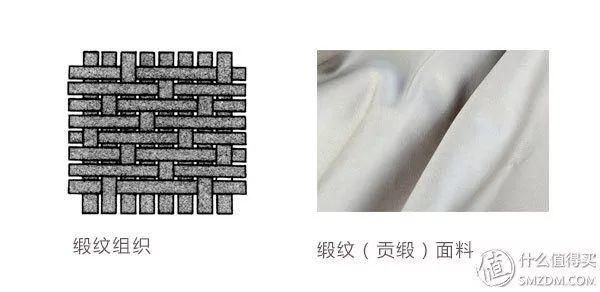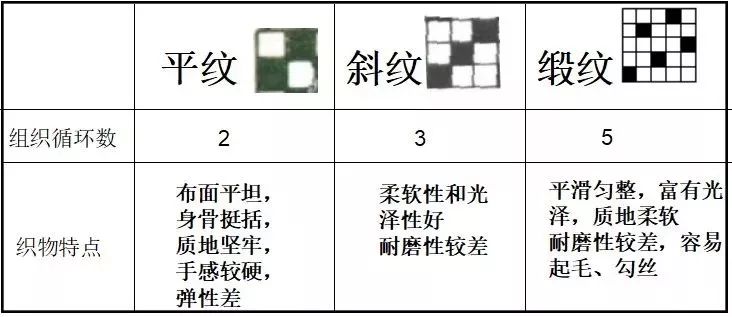They are all pure cotton products. Is the difference between 50 yuan and 5,000 yuan really that big? Let’s talk about “pure cotton” in the four-piece pure cotton set.
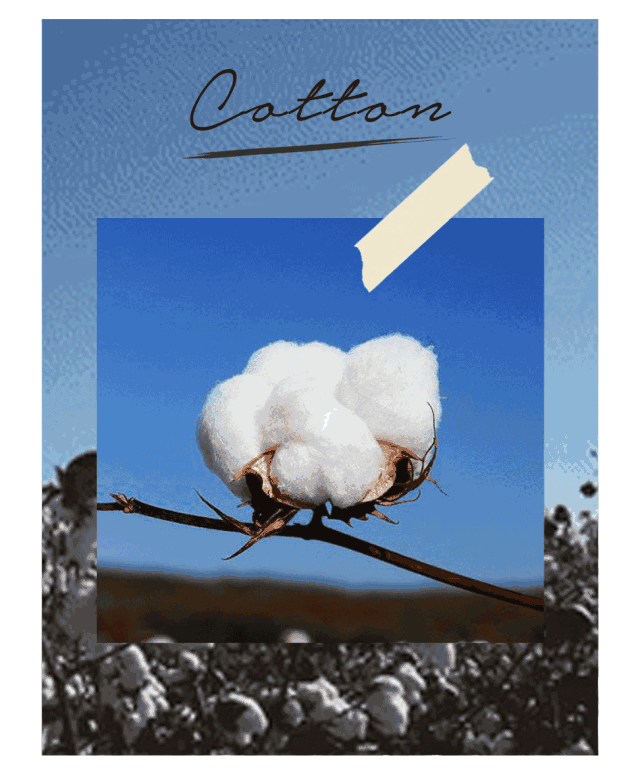
Regarding “pure cotton” fabrics, let’s correct a few misunderstandings first:
Some fabrics have names and feel that are not what we think of as cotton, but are actually a type of cotton fabric, such as poplin, linen, glass yarn, etc. Of course, due to the development of the chemical fiber industry, raw materials such as polyester and polycotton have also emerged.
Some fabrics have “cotton” in their names, but they are actually ordinary chemical fiber fabrics. For example, diamond cotton, aloe vera cotton, Shuxiang cotton, ecological cotton, skin-friendly cotton, soft silk cotton, incense cotton, etc.
Many online articles blame the blame, saying that the national standard 95% or even 75% cotton content can be called pure cotton. In fact, the national standard GB/T29862-2013 has already clearly stipulated that “pure cotton = 100% cotton” .
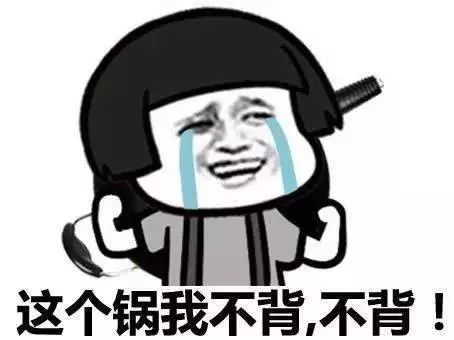
But, pure cotton and pure cotton are also different –
Pure cotton four-piece sets under 50 yuan, which look good, have good reviews, and sell over a thousand per month, can be found online. Bundle.
The most basic styles of some of the world’s top bedding products cost ¥5,000+.
Then the question comes:
“
It is also pure cotton, and there are ¥5000 and ¥50. What’s the difference? Why is it 100 times more expensive?
To understand this problem, we have to start with the raw materials.
They are all pure cotton, why is it 100 times more expensive?
Raw materials
01
The main component of pure cotton fabric is naturally cotton. The quality of cotton determines the quality of the fabric. Good or bad.
Before they became cloth, they looked like this.
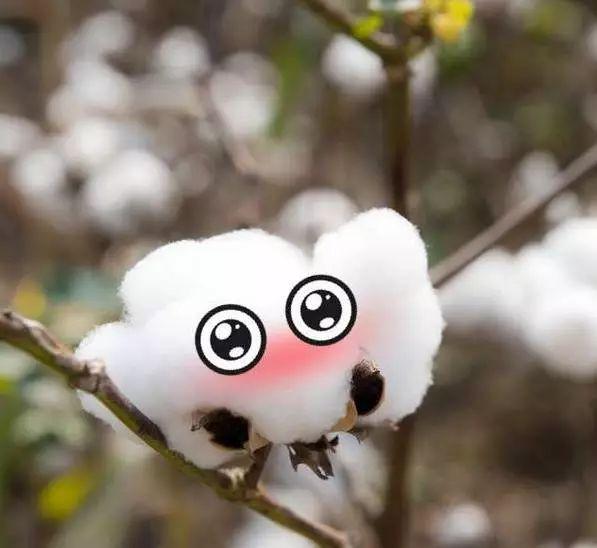
There are many types of lovely cotton, and the grades are strict. According to the cultivated species of cotton and the length and thickness of the fiber, the three major strains can be classified:
Thick staple cotton (eliminated cotton)—— Also called Asian cotton, it refers to cotton of various varieties including medium cotton and straw cotton. The fiber is thick, short and elastic. This type of cotton Due to its short length, thick and hard fiber, white or dull white color, little mercerization, low use value and low unit output, the fiber has been basically eliminated in China, and there is no product cotton production in the world.
Fine Velvet cotton (the most common cotton)—— Also called upland cotton, it refers to the cotton fiber of various upland cotton varieties with medium fineness and length, white or milky white color, mercerized, and can prevent 11~100tex (60~ 6 British count) spun yarn. Fine-staple cotton accounts for 85% of the world’s total cotton production and is currently the most important cultivated cotton species in my country.
Long-staple cotton (the highest grade of cotton)——
Also called sea-island cotton, it refers to various varieties of sea-island cotton and sea-land hybrid cotton. The fibers are long, thin and soft, milky white or light yellow in color, rich in mercerization, and of high quality. It is the raw material for the production of cotton yarns below 10tex. The countries currently producing long-staple cotton mainly include Egypt, Sudan, the United States, Morocco, and Central Asian countries. The main production bases of long-staple cotton in my country are in Xinjiang and other regions. Long-staple cotton can be divided into extra-long-staple cotton and medium-long-staple cotton.
(Note: Sometimes sea island cotton also specifically refers to the top cotton “west indian sea island cotton” produced in the West Indies, known as the best cotton in the world)
|
Strain |
Fine velvet cotton |
Long-staple cotton |
Cotton |
|
Fiber color |
Fine white, pure white or milky white, soft and mercerized fiber |
White, milky white or light yellow in color, soft and mercerized fiber |
White, dull white color, thick and hard fiber, slightly mercerized |
|
Fiber length (mm) |
23~33 |
33~45 |
Under 23 |
|
Line density (dex) |
1.67~2.22 |


